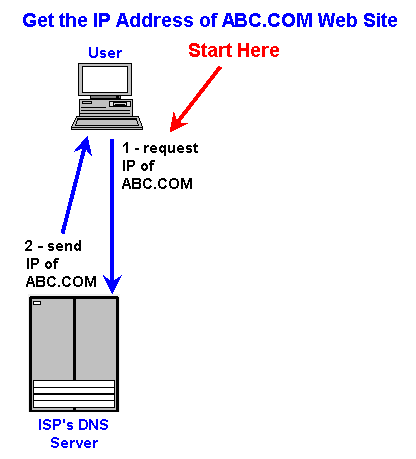(Domain Name System) The Internet’s system for converting alphabetic names into numeric IP addresses. For example, when a Web address (URL) is typed into a browser, DNS servers return the IP address of the Web server associated with that name. In this made-up example, the DNS converts the URL www.company.com into the IP address 204.0.8.51. Without DNS, you would have to type the series of four numbers and dots into your browser to retrieve the website, which you actually can do.
A Hierarchy of Servers
The DNS system is a hierarchy of duplicated database servers worldwide that begin with the “root servers” for the top-level domains (.com, .net, .org, etc.). The root servers point to the “authoritative” servers located in ISPs, as well as in large companies, that turn the names into IP addresses; the process known as “name resolution.” Using our www.company.com example, COMPANY.COM is the domain name, and WWW is the hostname. The domain name is the organization’s identity on the Web, and the hostname is the name of the Web server within that domain


Want more information on how to become CompTIA Network+ Certified? Learn more!
Also published on Medium.







